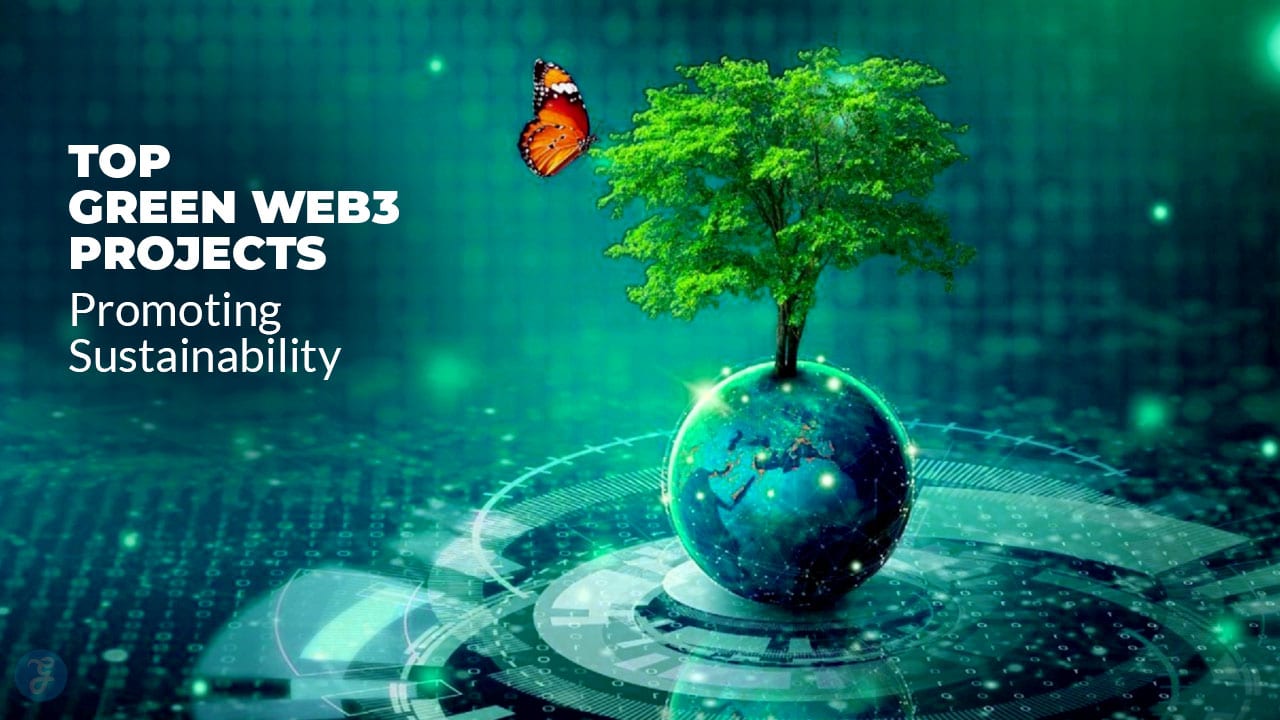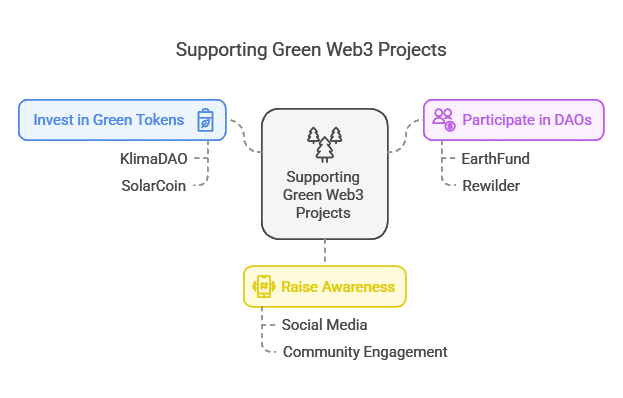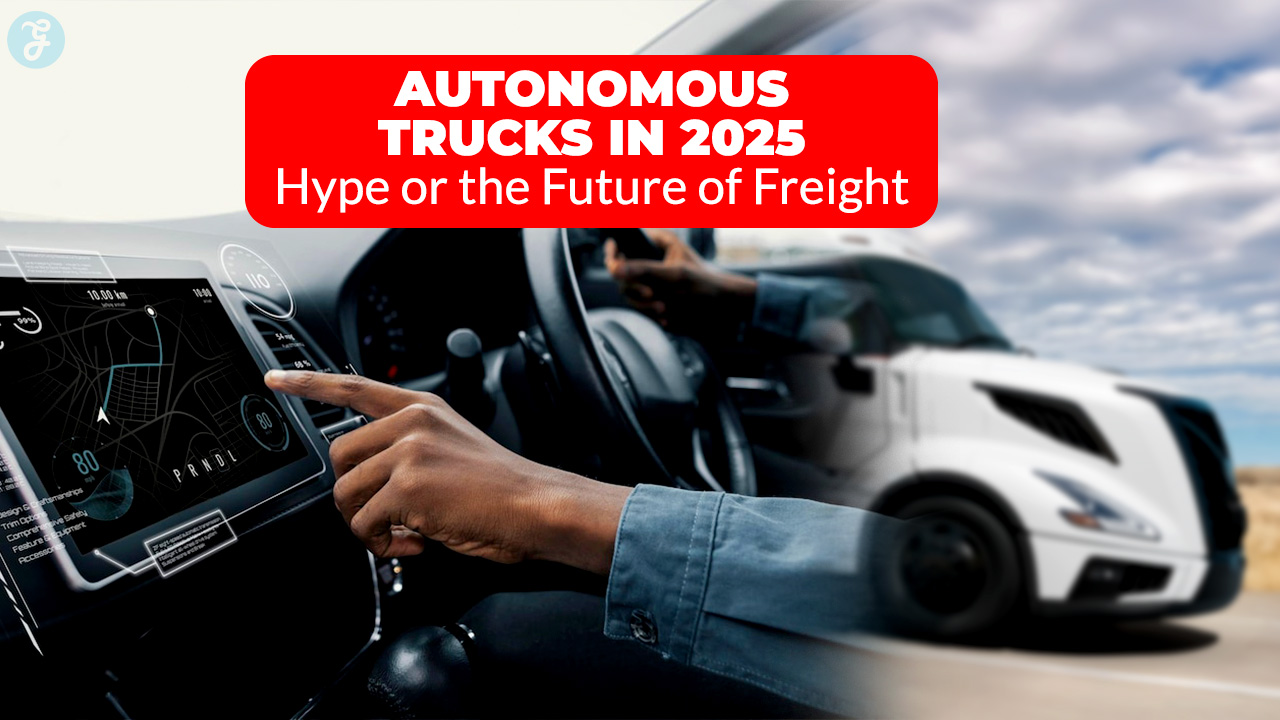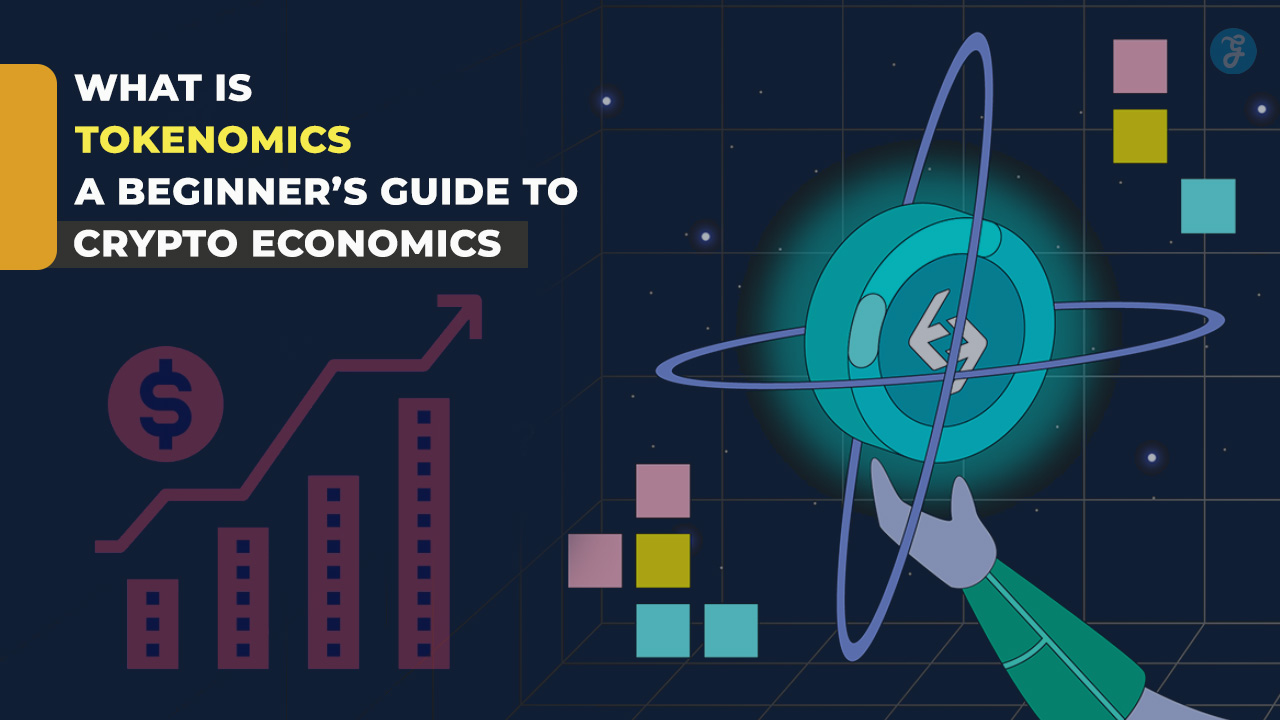The intersection of blockchain technology and sustainability is shaping a greener future for our planet. As the world grapples with the consequences of climate change, innovative solutions are emerging from unexpected industries.
One such sector is Web3, a decentralized and blockchain-powered ecosystem that promises to revolutionize not only technology but also environmental practices.
In this article, we explore Green Web3 Projects Promoting Sustainability that are setting new standards for eco-conscious innovation while making payments and transactions effortless.
Why Sustainability is Crucial in Web3 Development?
Web3 represents the next iteration of the internet, built on decentralized technologies such as blockchain. However, these technologies have faced criticism for their high energy consumption and carbon footprint.
To address these concerns, a wave of Green Web3 Projects Promoting Sustainability has emerged, focusing on reducing blockchain’s environmental impact and harnessing its potential for ecological restoration.
Key Issues Addressed by Green Web3 Projects
- Energy Efficiency: Traditional blockchains, like Bitcoin, consume immense amounts of energy. Green projects aim to implement energy-efficient consensus mechanisms such as Proof-of-Stake.
- Carbon Offsetting: Blockchain technology can facilitate transparent carbon credit systems, ensuring accountability in offsetting emissions.
- Eco-conscious Tokenization: Web3 projects incentivize sustainable behaviors by tokenizing environmental activities like planting trees or reducing waste.
By addressing these challenges, Green Web3 Projects Promoting Sustainability are paving the way for a cleaner, greener future.
Top 10 Green Web3 Projects Promoting Sustainability
Below, we dive into ten standout projects that are leading the charge in merging blockchain technology with sustainability efforts. Each of these projects demonstrates how innovative solutions can make a meaningful impact on the environment.
1. Regen Network
What It Does: Regen Network is a blockchain platform that incentivizes ecological regeneration. It allows stakeholders to create a verifiable and transparent record of ecological outcomes. The project connects farmers, conservationists, and organizations to foster collaborative efforts toward land restoration.
Sustainability Impact:
- Provides rewards for regenerative agriculture practices.
- Facilitates data sharing for better land management.
Key Innovations:
- A marketplace for ecosystem service credits.
- Integration with scientific data for accurate tracking.
Regen Network Key Details
| Feature | Description |
| Platform | Blockchain for ecological regeneration |
| Focus Area | Regenerative agriculture and land restoration |
| Innovations | Ecosystem service credit marketplace |
| Sustainability Impact | Transparent and verifiable ecological outcomes |
2. KlimaDAO
What It Does: KlimaDAO is a decentralized autonomous organization (DAO) that tackles climate change by building a carbon-backed digital currency. It is designed to incentivize climate-positive behavior through blockchain-enabled financial instruments.
Sustainability Impact:
- Encourages the retirement of carbon credits by backing each token with verified carbon offsets.
- Drives demand for carbon markets by creating liquidity.
Key Innovations:
- Tokenomics that align with sustainability goals.
- Partnership with carbon credit providers.
KlimaDAO Key Details
| Feature | Description |
| Platform | DAO for carbon-backed currency |
| Focus Area | Carbon credit retirement and liquidity |
| Innovations | Tokenized carbon offsets |
| Sustainability Impact | Drives demand for carbon markets |
3. Toucan Protocol
What It Does: Toucan Protocol provides tools for embedding carbon markets into blockchain applications. By tokenizing carbon credits, it ensures greater transparency and accessibility in carbon trading.
Sustainability Impact:
- Tokenizes carbon credits, ensuring transparency.
- Creates liquidity in carbon offset markets.
Key Innovations:
- Modular design for Web3 developers to integrate climate finance.
- Built on Ethereum with an emphasis on energy efficiency.
Toucan Protocol Key Details
| Feature | Description |
| Platform | Ethereum-based climate finance tools |
| Focus Area | Carbon credit tokenization and trading |
| Innovations | Developer-friendly modular design |
| Sustainability Impact | Transparent and accessible carbon markets |
4. Celo Climate Collective
What It Does: This initiative focuses on building regenerative financial applications on the Celo blockchain. Its mission is to promote eco-friendly practices through mobile-first blockchain technology.
Sustainability Impact:
- Supports projects that combine blockchain with reforestation and carbon offsetting.
- Encourages eco-friendly transactions within the Celo ecosystem.
Key Innovations:
- Mobile-first blockchain for broader accessibility.
- Partnerships with global climate initiatives.
Celo Climate Collective Key Details
| Feature | Description |
| Platform | Celo blockchain for regenerative finance |
| Focus Area | Reforestation and eco-friendly applications |
| Innovations | Mobile-first technology |
| Sustainability Impact | Promotes decentralized, sustainable finance |
5. Nori
What It Does: Nori is a blockchain-powered carbon removal marketplace that connects buyers with farmers practicing regenerative agriculture. It aims to simplify the carbon credit market while ensuring transparency.
Sustainability Impact:
- Creates financial incentives for sustainable farming.
- Tracks and verifies carbon removal with blockchain transparency.
Key Innovations:
- Simplifies the process of purchasing carbon credits.
- Direct payment solutions for farmers and landowners.
Nori Key Details
| Feature | Description |
| Platform | Carbon removal marketplace |
| Focus Area | Regenerative agriculture |
| Innovations | Blockchain transparency for carbon credits |
| Sustainability Impact | Financial incentives for sustainable practices |
6. EarthFund
What It Does: EarthFund is a DAO designed to tackle humanity’s biggest challenges, including climate change. It allows community members to fund impactful projects democratically.
Sustainability Impact:
- Crowdsources funding for impactful climate projects.
- Ensures transparent distribution of funds using blockchain.
Key Innovations:
- Community-driven decision-making.
- Token-based governance model.
EarthFund Key Details
| Feature | Description |
| Platform | DAO for global challenges |
| Focus Area | Climate change and environmental funding |
| Innovations | Community governance |
| Sustainability Impact | Transparent and democratic project funding |
7. Plastiks
What It Does: Plastiks is an NFT marketplace that merges blockchain with recycling data to combat plastic waste. It aims to create a circular economy by bridging the gap between recyclers and producers.
Sustainability Impact:
- Incentivizes recycling through tokenization.
- Bridges the gap between recyclers and producers.
Key Innovations:
- Integration of NFTs with recycling supply chains.
- Real-time tracking of plastic waste.
Plastiks Key Details
| Feature | Description |
| Platform | NFT marketplace for recycling |
| Focus Area | Circular economy for plastic waste |
| Innovations | Blockchain-based recycling data integration |
| Sustainability Impact | Encourages waste reduction and recycling |
8. Treejer Protocol
What It Does: Treejer connects tree funders to rural planters worldwide through blockchain-based smart contracts. It provides funding transparency for global reforestation efforts.
Sustainability Impact:
- Facilitates funding for global reforestation efforts.
- Provides transparency and accountability in tree planting.
Key Innovations:
- Decentralized funding model.
- Real-time monitoring of reforestation efforts.
Treejer Protocol Key Details
| Feature | Description |
| Platform | Blockchain-based tree funding |
| Focus Area | Reforestation efforts |
| Innovations | Smart contract transparency |
| Sustainability Impact | Scalable reforestation initiatives |
9. Rewilder
What It Does: Rewilder is a crypto-native nonprofit that purchases land for wildlife conservation. Its decentralized model empowers donors to track their contributions.
Sustainability Impact:
- Protects natural habitats through decentralized funding.
- Issues NFTs representing contributions to conservation efforts.
Key Innovations:
- Transparent land ownership records via blockchain.
- Community-driven conservation decisions.
Rewilder Key Details
| Feature | Description |
| Platform | Crypto-native nonprofit |
| Focus Area | Wildlife conservation |
| Innovations | NFT-based donor transparency |
| Sustainability Impact | Protects natural habitats |
10. SolarCoin
What It Does: SolarCoin is a digital currency designed to reward solar energy producers. It incentivizes renewable energy production through blockchain-based rewards.
Sustainability Impact:
- Provides financial incentives for solar power generation.
- Tracks energy production using blockchain.
Key Innovations:
- Global rewards program for renewable energy.
- Blockchain-based verification system.
SolarCoin Key Details
| Feature | Description |
| Platform | Digital currency for solar energy |
| Focus Area | Renewable energy incentives |
| Innovations | Blockchain verification for energy generation |
| Sustainability Impact | Encourages solar energy adoption |
Key Benefits of Green Web3 Projects
Green Web3 Projects Promoting Sustainability deliver measurable benefits:
- Reduced Carbon Footprint: By implementing energy-efficient mechanisms, these projects minimize blockchain’s environmental impact.
- Transparent Transactions: Blockchain ensures accountability and verifiability in sustainability initiatives.
- Community Engagement: Decentralized platforms empower individuals to contribute directly to eco-friendly efforts.
Challenges and Future Potential of Green Web3 Initiatives
Challenges
- High Initial Costs: Deploying sustainable blockchain solutions can require significant upfront investment.
- Scalability Issues: Many green Web3 projects face limitations in scaling their impact.
- Regulatory Barriers: Navigating global regulations can be complex.
Future Potential
- Innovative Technologies: Advancements in blockchain, such as Layer 2 scaling solutions, will reduce energy consumption.
- Mainstream Adoption: As awareness grows, green Web3 initiatives will attract more users and funding.
- Global Collaboration: Partnerships between governments, enterprises, and blockchain projects can amplify impact.
How Individuals Can Support Green Web3 Projects?
- Invest in Green Tokens: Support projects like KlimaDAO or SolarCoin.
- Participate in DAOs: Join decentralized communities like EarthFund or Rewilder.
- Raise Awareness: Share information about Green Web3 Projects Promoting Sustainability on social media.
Takeaways
The rise of Green Web3 Projects Promoting Sustainability marks a significant milestone in the fight against climate change. By leveraging blockchain technology, these initiatives are addressing some of the world’s most pressing environmental challenges.
From incentivizing renewable energy production to supporting reforestation, these projects are proving that technology can drive meaningful change.
As individuals, businesses, and governments come together to support these efforts, we can look forward to a future where sustainability and innovation go hand in hand.








































